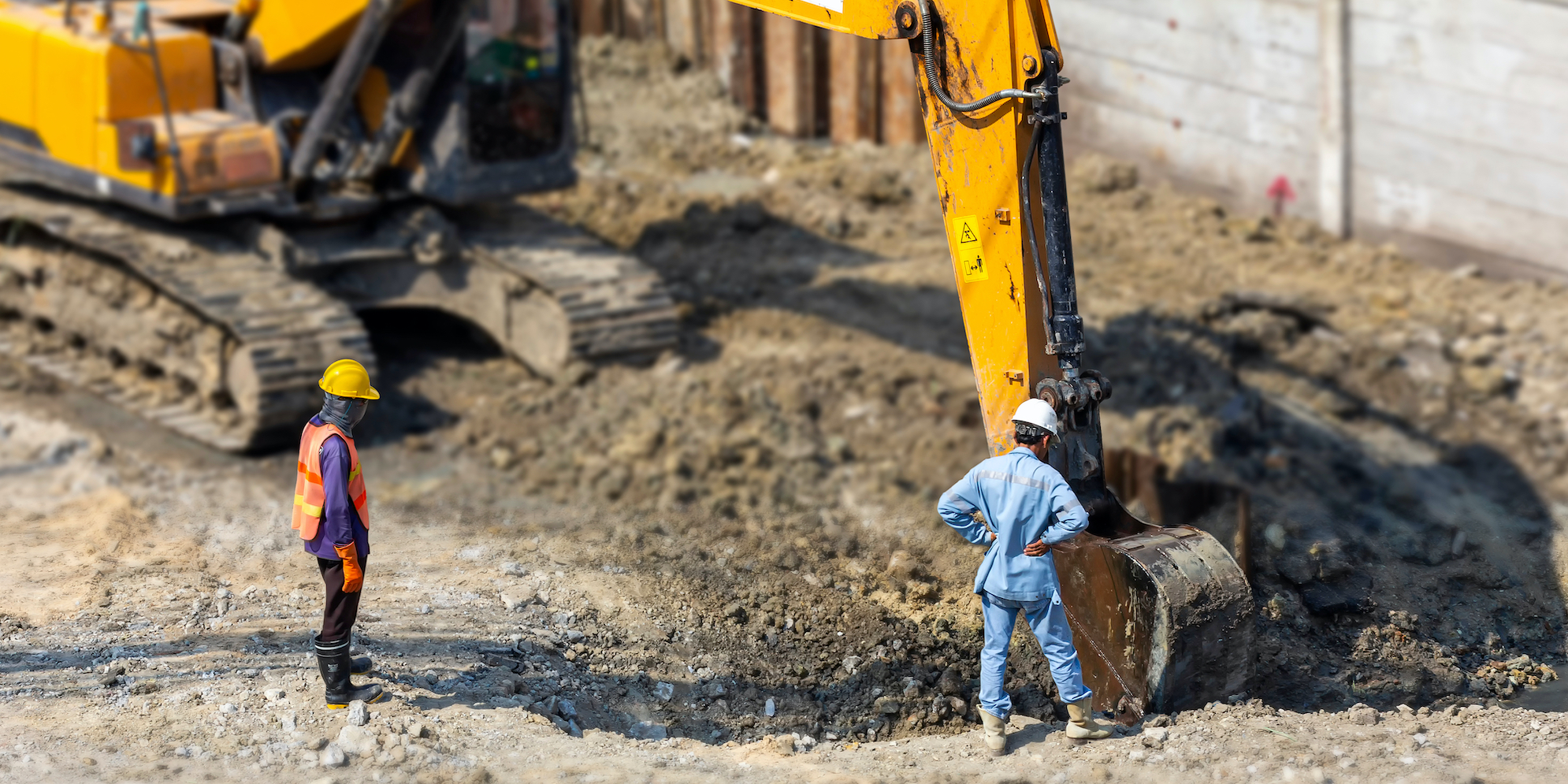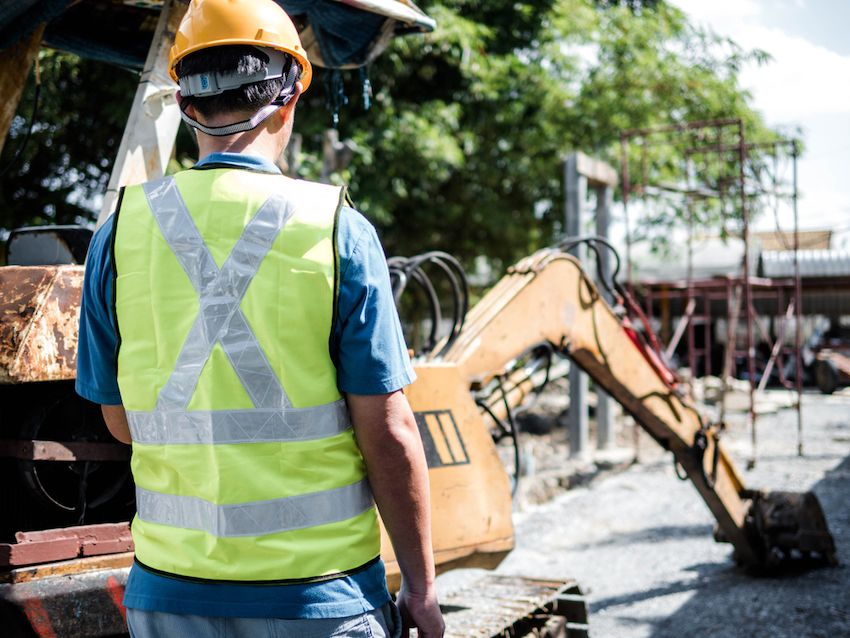The passage of the Infrastructure Investment and Jobs Act guarantees increased excavation in years to come, as much of the construction funded by the law requires digging. And with increased digging often comes an increase in damages to critical underground facilities.
This doesn’t have to be the case, however. At Urbint’s Anticipate 2021 conference, three damage prevention veterans—professionals who have worked in the industry 15 or more years—discussed simple ways excavators can help prevent damages during the Damage Prevention Veterans Roundtable.
The roundtable was moderated by Bradley Roulo, Urbint Director of Utility Operations, and featured:
- Kelley Heinz, Senior Claims Case Manager and Damage Prevention Manager, ComEd
- Robert Terjesen, Damage Prevention Manager, Gas Operations, New York City and Long Island, National Grid U.S.
- Tammy Wilfong, Senior Manager, Network Operations, Verizon
Read on to uncover a few reminders these damage prevention veterans have for excavator stakeholders.
1. Trust but verify
Damage prevention stakeholders should trust one another to do their jobs correctly. However, Heinz, who worked in the field installing underground facilities prior to transitioning into her damage prevention office role, said installations rarely go perfectly to plan, so excavators should verify markings to the best of their ability before breaking ground.
“Nothing ever goes as planned when it comes to installation. A lot of times, we're working around obstacles. We go out to install a service and there is a pile of lumber, there's a pile of dirt, or there's a sewer line that we have to go around. We're going to get it in the ground however we can get it in the ground,” she said.
“You can eliminate a lot of surprises during the execution phase of your project by taking a little bit of time upfront for damage prevention. It's not just a matter of getting out there and seeing that you have paint on the ground. It's important that you take time to verify that because it probably didn't go in the ground in a straight line. It probably most likely is not at the depth that we initially installed it.”
“I cannot stress enough the importance of taking the time for potholing and verifying marks. It makes a difference,” Wilfong echoed.
Read: 4 Causes for Excavation Accidents and How to Prevent Them
2. Cooperate with utility stakeholders
Successful damage prevention requires continued cooperation from all stakeholders, but roundtable participants said this isn’t what they’re seeing in practice.
Everybody kind of works in their own silo,” Heinz said. “‘Look, I've got this work. I'm told that it has to be done by a certain date. I don't have time for the delays. If your locator can't get out here on time, I'm going to go ahead and dig anyway.’ We have to get away from that practice. We've got to learn to work together a little more often than we currently are. We need more cooperation.”
She continued, “I wonder how much of it is skill versus will sometimes. That's an obstacle I think that we need to continue to tackle. We want to keep the lights on, and we want to try to keep everybody safe, but we need to do that through cooperation with the folks that are out there actually performing the work.”
Terjesen said excavators aren’t the only culpable party. “I don't know if [utility owners/operators] do the best we can to locate our facilities in a timely fashion. There's trust in the 811 process, and if the owner/operators don't fulfill our end and mark these tickets on time...we begin to erode that trust. It's a house of cards that can fall apart.”
3. Telecom is an essential service, too
Although Wilfong was the sole representative from the telecommunications industry on the Damage Prevention Veterans Roundtable, all participants emphasized the importance of preventing damages to telecom facilities, which are sometimes seen as less essential than gas and electric facilities.
“A lot of folks are focused on gas and electric because boom boom and sparky cause most problems out there. We don't think so much about telecom, but those facilities are just as important as the gas and electric facilities are,” Heinz said.
“Gas and electric have a swift impact on an individual and the community. Telecommunications has a trickling effect,” Wilfong said. “Hospitals, first responders, banks, grocery stores. The community is greatly impacted when there's a [telecom] damage.”
“When we think about all these emergency response services that we have, which includes the 811 center, fire departments, and police stations, all of those are served by telecom. If we take a mass outage to telecom, then we lose out on these to central services,” Roulo said.
“People think this is just a cable drop, it’s no big deal. It is a big deal. A mark is a mark, and it has to be respected whether it’s red, yellow, orange, green, or blue,” Heinz added.
Check out: 4 Fiber Outages that Show Telecom Damage Prevention is Critical
4. Safety should not be secondary
Damages don’t happen at every excavation site. But, when they happen, there can be a number of dramatic consequences. Beyond immediate safety concerns for the people in the vicinity, excavators should also consider the effects on the surrounding community, the environment, and their own bottom line.
However, Wilfong said some excavators are so focused on project completion, they fail to take the proper precautions to reduce the likelihood of safety incidents. “Recently, the gas community shared a study where the findings were pretty shocking. They asked excavators their priority of things to do on a site. Safety was on the bottom,” she said.
“Have greater respect for the risk. If you're unclear about the marks on the ground, especially if you see clear evidence that there are utilities in the area, but you don't see paint or you don't understand where the paint is routing you, seek help from the utilities.”
To watch the recording of the Damage Prevention Veterans Roundtable, visit this webpage. Or, head to this webpage for even more Anticipate 2021 content.

